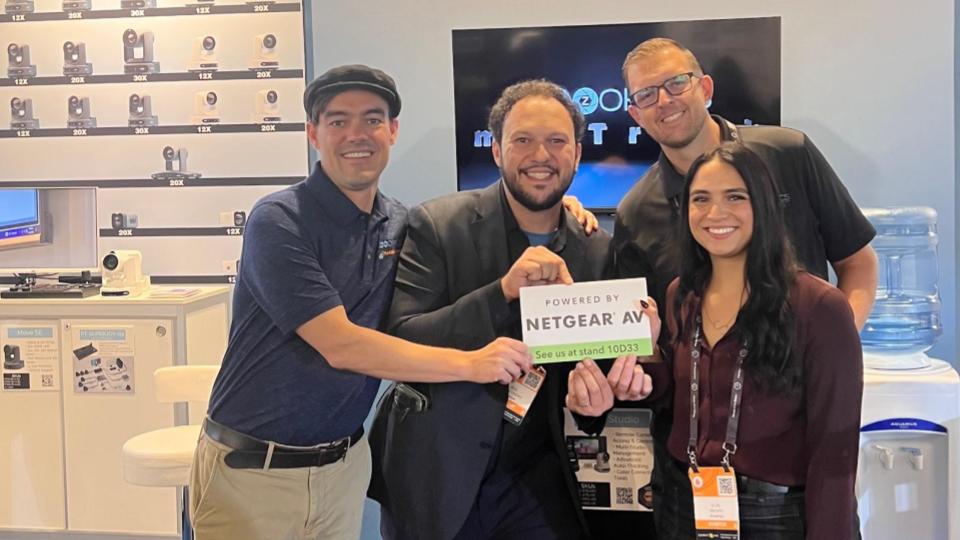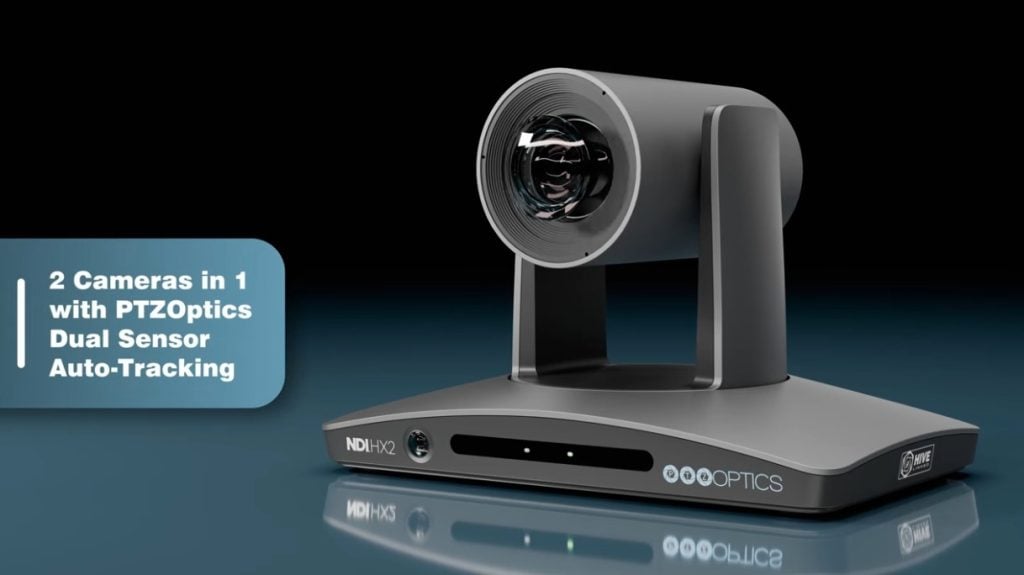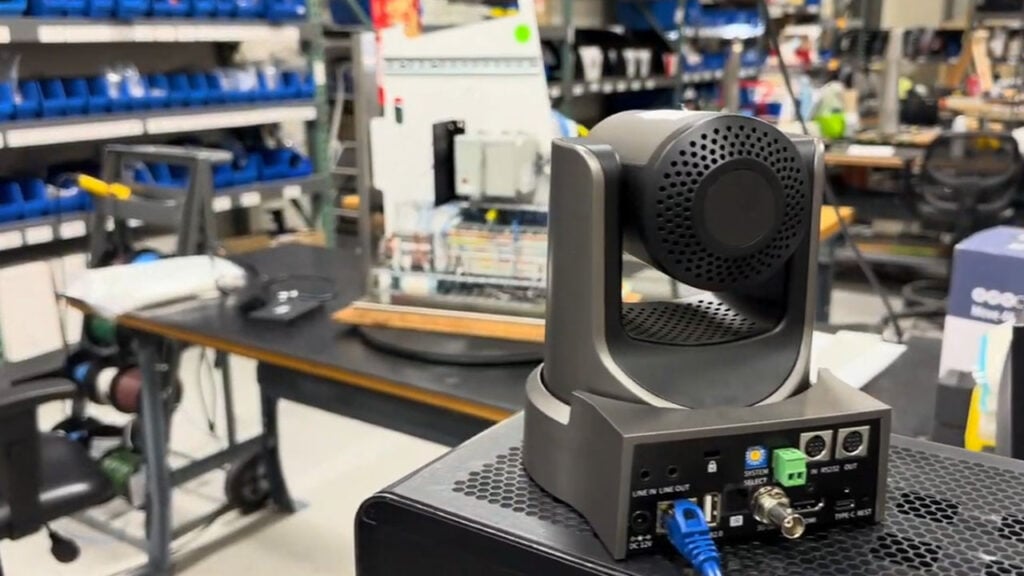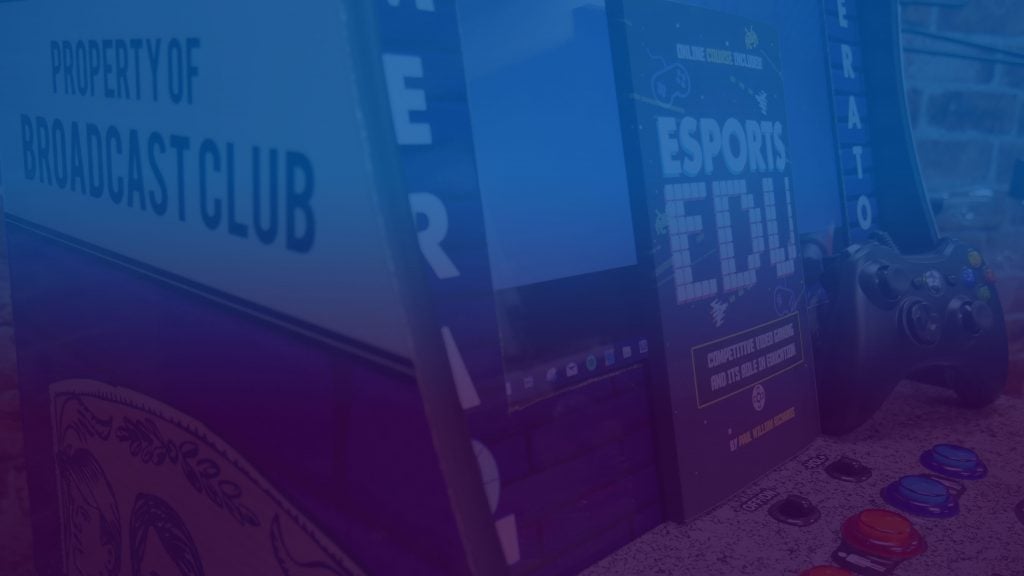How (and why) to Monetize Your Live Streams With Pay Per View
Written by Paul Richards on January 6, 2020
In just a decade, the way we consume entertainment has changed so drastically that, if someone were to time travel from the year 2000 to now, they wouldn’t even begin to understand how any of it works. Back then, turning on the TV at a specific time was the only way to catch a live show and now we have millions of live videos at our fingertips. Cord-cutting is attracting more and more followers and the live streaming market is set for steady growth. Statistics show that 63% of adults between the ages of 18 to 34 watch live video on a regular basis. In fact, it is the most popular type of video content—in 2019, live streaming accounted for 82% of all internet traffic. (Source)

Yes, live streaming is a force to be reckoned with in the media game. And, for you, the content creator, it is a market that has plenty of room for growth. But how exactly can you turn a profit from your live streaming videos?
Pay Per View may be the best way to earn from streaming content because you can set it up in minutes and, unlike ads, you know exactly how much you’re getting in the end.
What is Pay Per View?
Pay Per View is a business model that allows you, as a video provider, to offer your videos to viewers who purchase a “ticket”. The idea was explored as far back as the 40s but was successfully put into practice by HBO as they aired boxing matches and other live events. The fight that truly boosted the popularity of Pay Per View was the Thrilla in Manila fight in September 1975 between Muhammed Ali and Joe Frazier. The event garnered 500,000 pay-per-view purchases.
Jump ahead almost 50 years and you can watch Pay Per View sports and events and concerts in the palm of your hand, all purchased with the click of a button. Pay Per View has progressed past the typical “one purchase, one view” rule. When it became possible to stream on-demand videos and pre-recorded events, the next logical step was to expand the ticketing options. So, now, you can typically have the following setups with Pay Per View
- Single ticket. The name says it all—viewers can purchase a single ticket to watch a live event.
- Multi-ticket. This is a purchase option that gives viewers multiple views of a single video or a playlist of videos.
- Subscriptions. They allow unlimited access to the content for a flat recurring fee.
Why Use Pay-Per-View?
Clearly Pay Per View is a money-maker, but why should that be your choice when looking to monetize your live videos? A popular monetization method is the use of YouTube. So far, this has been the default option for many creators as it is free and there is a large number of popular YouTubers. The trouble is that, in order to earn a substantial profit, you’ll need to first build a significant number of subscribers. Why? Because the higher the number of subscribers, the sooner YouTube will take notice and offer to advertise on your channel. These ads are how you make money, as you are paid by the number of views and clicks they get. The issue with this is simply… Time. You will have to spend lots of time gathering subscribers in order to drive enough traffic to earn anything that goes beyond beer money.
When hosting a Pay Per View channel on your website:
- You are the master of your own domain. You have full rights to your content and you don’t have to worry about adhering to anyone’s terms and conditions.
- You don’t have to worry about distracting ads that will take your attention away from your content.
- You can set your own prices. The price tag is completely up to you. You decide how much your videos are worth.
- You can grant or deny access to whomever you choose.
Now, this doesn’t mean that you should ditch video marketing. But it may be a better idea to use platforms like YouTube and Facebook to attract followers and then put your premium content behind a Pay Per View paywall. This way you can earn money on your own website, build your own brand and be in control.
How to Create Your Own Pay Per View Channel
Follow these steps to begin selling your live streams online.
Step 1: Study your target market
It is important to know who your audience is. Is there enough demand in that market? Is your content helpful/valuable/entertaining to this particular audience?
Answering these questions can help you tweak your content to make it desirable to your audience. Give them what they want and monetization will follow naturally.
Step 2: Decide on your distribution channel
You’ll need to know where and how you’ll sell your Pay Per View live streams. Where will your viewers have to go to watch your videos? Is it easily accessible? You can stream on your personal site, share the link on social media and even opt for multistreaming in which case you can stream on multiple platforms at the same time.
Step 3: Choose a video monetization platform
It’s best to look for a live streaming platform that has video monetization embedded. Otherwise, you’ll be stuck in admin hell, installing plugins all day long and wondering why it doesn’t just work. A great video monetization platform should do all the heavy lifting for you, leaving you to only have to upload your video, customize your video player, set the Pay Per View parameters and embed on your website. The reality is that such platforms are paid. So, there is going to be an investment to make in order to get Pay Per View implemented but, if you have even a few hundred followers, you can quickly get your investment back and start earning.
Step 4: Earn
Choose your video monetization platform wisely and consider the added fees and commissions. Some platforms will charge a flat monthly fee and take a percentage of your earnings which can be a nasty surprise, e.g. If the commission is 10%, this means that, for every $1,000 earned, you give the platform $100. There you have it! In four simple steps, you can have your very own Pay Per View channel and start selling virtual tickets in no time. Good luck!
Author byline: Gerry is a content creator at StreamingVideoProvider—an all-in-one video streaming and monetization platform that helps creators get paid immediately and keep 100% of their revenue.





